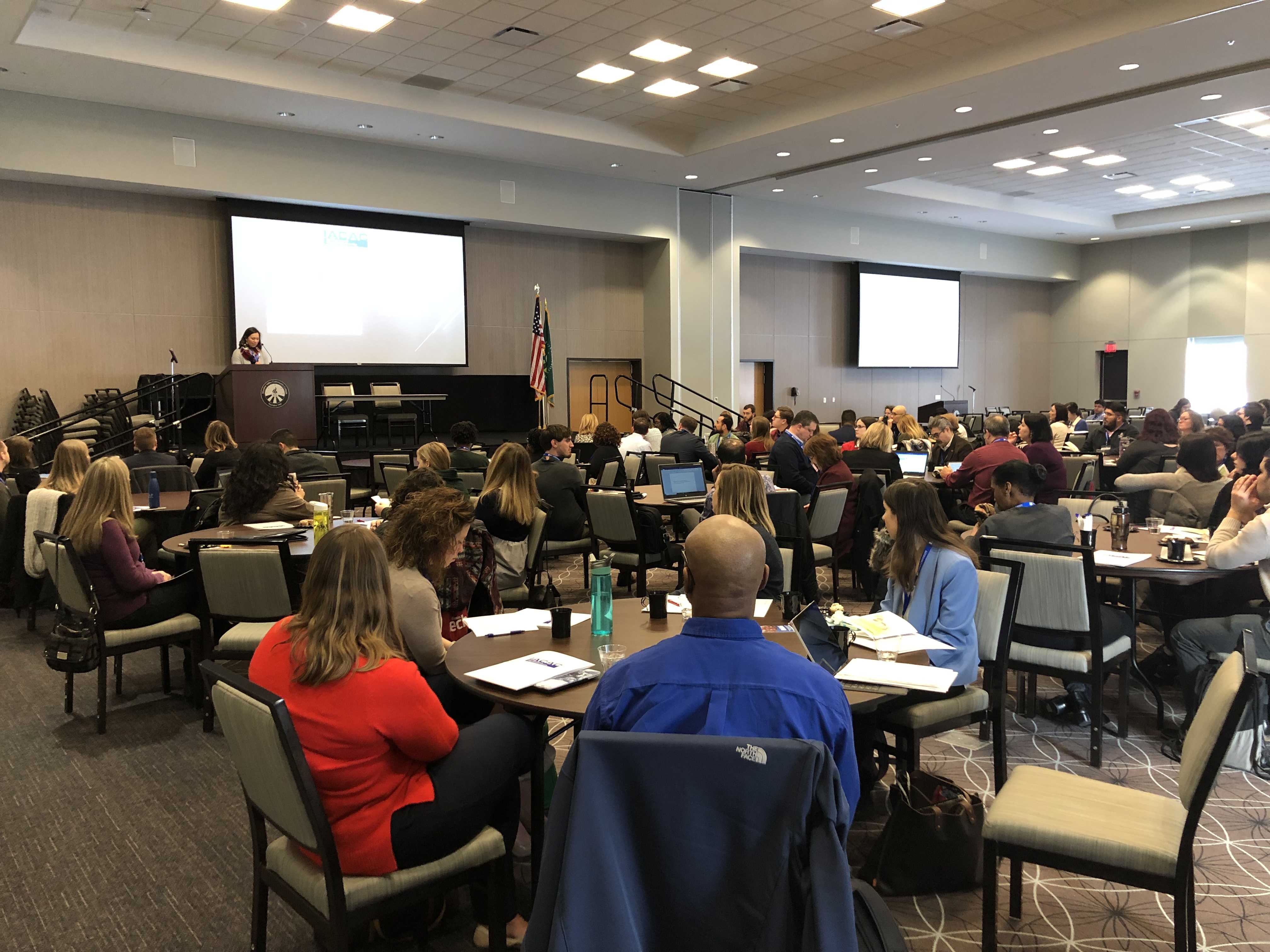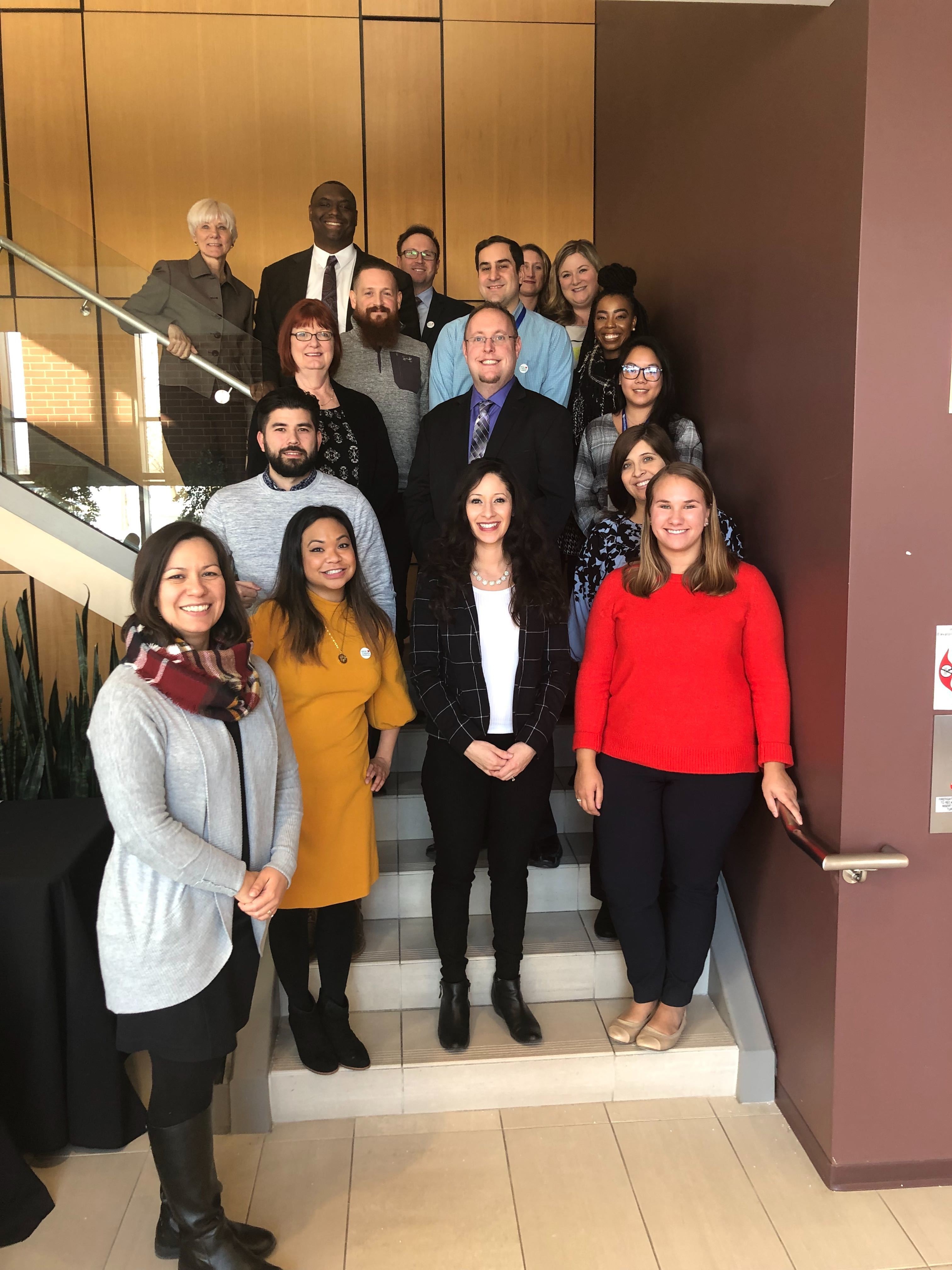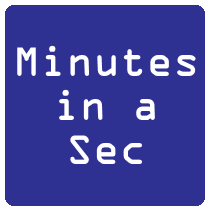The Tale of Two Summits
Nick DeFalco
North Central College
Having missed the first two IACAC Transfer Summits due to scheduling conflicts, I was eager to attend the 2018 Summit in its new location at Moraine Valley Community College. While I had been to the IACAC, AACRAO, and NISTS conferences, I wasn’t sure what to expect walking into a transfer-specific event hosted at a local community college. However, from the moment I walked in my expectations were constantly being exceeded. My first impression, from a logistics standpoint, was “pleasantly surprised.” There was ample parking directly outside of the building, check-in was located right inside the lobby, the conference rooms that housed the breakout sessions were all in one place, and the rooms themselves were similar to what you would find at a large-scale hotel or convention center. Of course, the logistics and optics of the Summit are somewhat trivial if the sessions themselves are not valuable. I could easily find multiple presentations I wanted to attend and fortunately, several counselors from my institution attended with me so we could “divide and conquer” and share notes once we got back to campus (an underappreciated part of attending conferences is creating an action plan once you get back to campus).
From technical topics such as “Updates on DACA” to emerging industry trends of Partnerships, Pathways, and Guaranteed Admission, to more light-hearted topics such as “Transfer Jeopardy” this conference had something for everyone. Of course, the most important part – it was all about transfer students. It wasn’t just a theme that ran for one-day, sporadically placed throughout the agenda, or brushed over like an introductory course on why transfer students are worth recruiting. These were high-level discussions that left you analyzing your own efforts and strategizing how you could do better. I left feeling inspired, motivated, and ready to create change on my campus. In fact, I was so impressed I ended up volunteering to become a member of the IACAC Transfer Advisory Committee the following fall.
With a great 2018 program in the rear-view mirror and having joined the committee, I now had a voice in the development and programming of the 2019 Summit. I was stunned to see the number and breadth of submissions from representatives all throughout the state and even out-of-state. Again, these weren’t generic presentation topics but instead showcased groundbreaking initiatives, trends, technologies, and data points that help define and advance the work we do. Proposals, and intended audiences, included 4-year private and public institutions, community colleges, and even high school counselors – the latter I believe will play an increasingly important role in the advancement of transfer initiatives.

While the sessions I attended provided great insights into the practices of transfer-friendly campuses, creating program-specific pathways, and collaborating with community colleges on various initiates, the most rewarding topic of the day came from our keynote speakers – Dr. Eric Lichtenberger and Malinda Aiello from the Illinois Board of Higher Education. Their session highlighted that even amidst some bad press at times, the state of higher education in Illinois, specifically for transfer students, is stronger than ever. These initiates have led Illinois to become the #1 state in the county in the rate of community college students that transfer and complete their bachelor’s degree. This statistic really helped me put things into perspective. While we sometimes compete against each other for students, we all compete together towards a common goal – to ensure transfer students are celebrated and continually supported through their college years. Once again, I left this conference inspired to create an action plan as soon as I got back to campus. Even though I represent a small liberal-arts college, I could still find a micro (or sometimes, nano) application of an idea that came from a large-scale institution. It’s this kind of creativity and subsequent collaboration that makes these events worthwhile.
With the quality of sessions, convenient location, and cost-controlled registration fee, I would strongly encourage anyone that works with transfer students to consider attending this event in the future. Given that an event like this doesn’t exist in our surrounding states, I see the Transfer Summit only growing in future years to what could one day be considered a preeminent transfer conference in the nation




